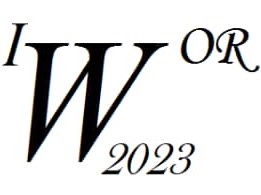Ponente
Descripción
In policy analysis, two-stage approach consisting in explaining computed DEA efficiency by various regressors is very popular, particularly in agriculture analysis. The theoretical literature provides assumptions both for the description of the large sample properties of the DEA estimator itself, as well as the large sample properties for the second (regression) level of analysis. However, neither empirical nor theoretical literature is devoted to the influence of differently measured inputs on the rank distribution of the individual effective units. Heterogeneity in the measurement of production factors leads to different production sets and thus efficient boundaries. Two-stage DEA does provide consistent estimates, but they are associated with a different production set and thus also a different population efficiency. Using the example of agricultural enterprises, we show that approximating capital using strongly correlated variables such as fixed assets vs. total assets leads to significantly different conclusions about the effect of subsidies on technical efficiency. For this reason, results from differently measured inputs cannot be compared with each other, even if they are strongly correlated.

